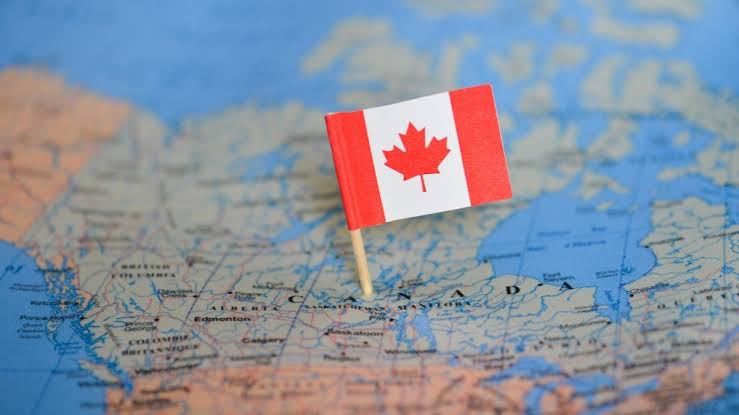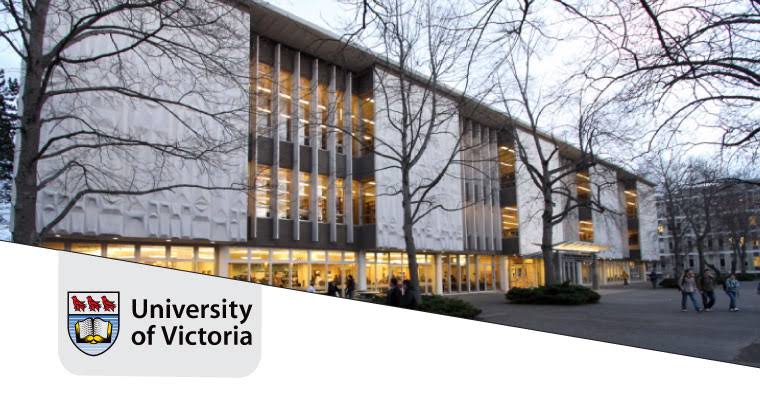Canada is known for its rich culture and heritage. In July 2025, the Canadian government launched a new plan to boost culture. The plan aims to strengthen national identity, support creative industries, give a voice to marginalized groups, and use digital technology in the arts. This change reflects global trends and local needs, focusing on inclusion, access, and economic growth. The new plan is about preserving traditions and building the future of Canadian creativity and culture.
Renewed Commitment to Indigenous Cultural Revitalization
At the heart of Canada’s new cultural strategy lies a renewed commitment to Indigenous cultural revitalization. The federal government has expanded funding for Indigenous languages, arts, and heritage programs in collaboration with First Nations, Métis, and Inuit communities. Initiatives such as language immersion schools, land-based cultural education, and dedicated arts councils are receiving increased support to ensure that Indigenous stories, songs, and art forms are preserved and celebrated.
The Truth and Reconciliation Commission’s Calls to Action remain a driving force behind many of these programs. Indigenous-led media outlets and creators are being funded to produce films, music, and literature that reflect authentic voices and perspectives, helping reshape the broader Canadian narrative into one that respects its Indigenous roots.
Expansion of Digital Culture and Innovation
Recognizing the profound impact of digital technology on culture, Canada’s strategy now heavily incorporates digital transformation. Cultural content creators—musicians, filmmakers, writers, and artists—are being equipped with resources to thrive in the digital space. This includes funding for digital tools, online platforms, virtual festivals, and interactive art installations.
In 2025, the Canada Council for the Arts launched new grant streams for digital experimentation, encouraging artists to blend technology with traditional forms. Projects involving virtual reality storytelling, AI-generated art, and blockchain-based art authentication are now being explored with governmental support. These innovations not only engage younger audiences but also allow Canadian culture to reach global markets more effectively.
Supporting Diversity in Cultural Expression
Diversity remains a foundational principle in Canada’s cultural policy, and the latest strategy aims to push this commitment further. The government has set clear benchmarks to ensure equitable representation of women, racialized groups, LGBTQ+ individuals, and persons with disabilities in cultural funding, leadership roles, and public programming.
Targeted grants and mentorship programs are being expanded to nurture emerging artists from underrepresented communities. Furthermore, Canada’s public broadcasters and national museums have been tasked with revisiting their content and exhibitions to reflect a broader, more inclusive portrait of the nation’s cultural reality.
Strengthening the Creative Economy
Culture is not just a tool for identity and connection; it is also an economic engine. In 2025, Canada’s cultural sector employs nearly 800,000 people and contributes over $60 billion to the national GDP. The new strategy includes measures to strengthen the creative economy by supporting cultural entrepreneurs and investing in infrastructure.
Tax incentives for cultural industries, co-production treaties with international partners, and streamlined visa programs for foreign talent are key components of this plan. The strategy also supports the growth of regional creative hubs—particularly in smaller cities and rural areas—through incubator programs and cultural tourism initiatives. These efforts are designed to create sustainable jobs while exporting Canadian culture worldwide.
Cultural Diplomacy and Global Presence
Another pillar of the strategy focuses on enhancing Canada’s cultural presence on the world stage. The government is expanding its cultural diplomacy efforts by sending artists, musicians, and cultural delegations abroad to participate in global festivals, exhibitions, and forums.
Through the Department of Global Affairs, embassies are now equipped with cultural attachés whose job is to promote Canadian art, film, and literature internationally. This soft power approach not only boosts Canada’s global image but also opens new markets for Canadian creatives.
In 2025, Canadian films are gaining traction in international festivals such as Cannes and Berlin, while Canadian authors are featured prominently in global literary awards. These global showcases offer valuable opportunities for collaboration, recognition, and influence.
Enhancing Arts Education and Cultural Literacy
A vital component of the cultural strategy is strengthening arts education and cultural literacy among Canadians, especially youth. The government is working closely with provinces and territories to integrate robust arts education into public school curricula. This includes programs in visual arts, theatre, music, creative writing, and digital storytelling.
Cultural institutions such as libraries, museums, and community centres are receiving increased funding to host workshops, exhibitions, and creative learning programs. The idea is to foster early interest and long-term engagement with the arts, ensuring the next generation appreciates and contributes to Canada’s cultural fabric.
Protecting Cultural Heritage and Archives
In the face of climate change and rapid urban development, protecting Canada’s cultural heritage has become a priority. The strategy allocates funds for the preservation of historic sites, museums, and archives across the country. Digitization of archives and oral histories is also a major focus, helping preserve fragile cultural materials for future generations.
Moreover, the Canadian Heritage Information Network has launched a national digitization campaign in 2025 to make cultural collections more accessible to researchers, educators, and the public. This ensures that cultural treasures, whether Indigenous artifacts or immigrant family histories, are protected and celebrated.
Conclusion
Canada’s new strategy for cultural development as of July 2025 represents a forward-looking, inclusive, and technologically savvy approach to national identity and creative expression. It acknowledges the critical role of culture in community building, economic growth, and international engagement. By prioritizing Indigenous revitalization, digital innovation, diversity, economic support, and global outreach, the government is laying the foundation for a resilient and vibrant cultural sector. As Canada continues to evolve, this strategy ensures that its cultural voice remains strong, inclusive, and unmistakably Canadian.



